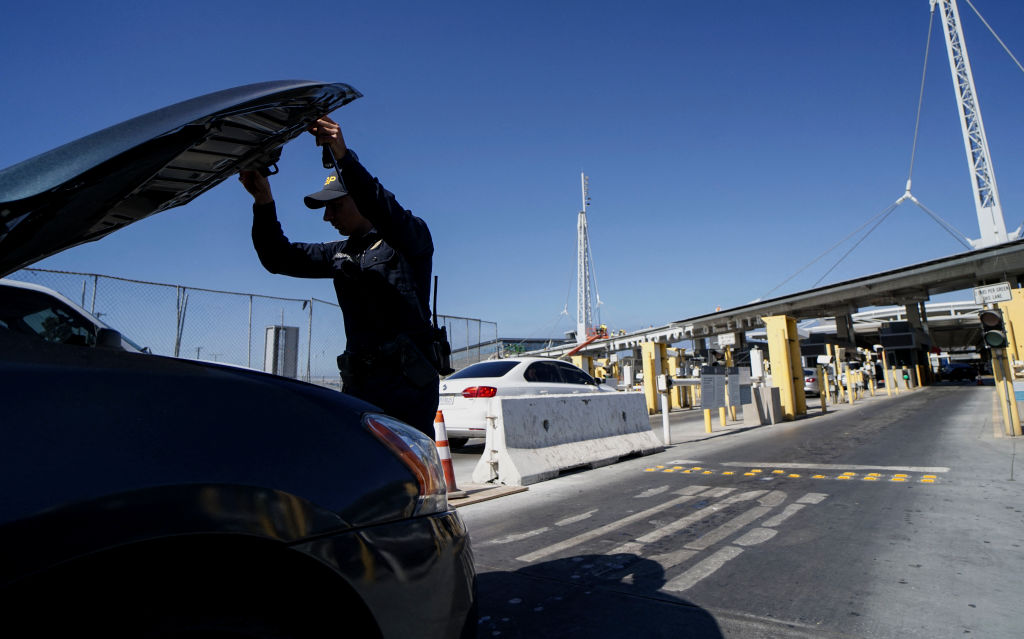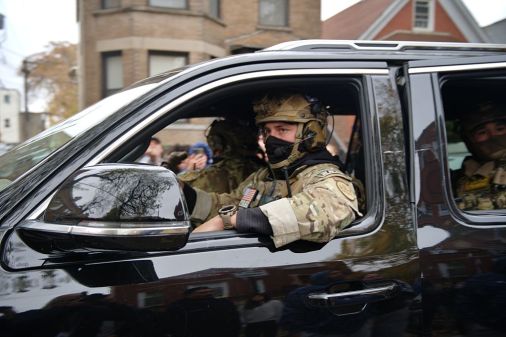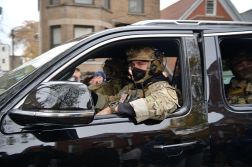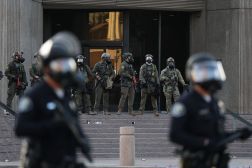CBP releases further details on biometrics for vehicle crossings

Customs and Border Protection is still moving toward its goal of bringing facial recognition to cars, according to privacy documentation published by the agency Wednesday, marking the latest step in its plan to collect biometric data at official ports of entry.
The privacy threshold analysis published by CBP outlined how the Department of Homeland Security component is testing a facial biometrics program designed to verify the identity of people sitting in cars while passing through land borders. A request for information from vendors who might provide this kind of technology was published in April. A vendor demonstration, which involved DHS publishing various metrics related to the tech, was also held last year.
The document offers details on a pilot program at the Peace Bridge, a U.S.-Canada border crossing near Buffalo, and explains that testing was supposed to occur between November 2024 and April 2025. It’s not currently clear if the evaluation continued exactly as the document stipulated, but the pilot location was announced in November of last year. Previous evaluations, the agency said, had taken place in Texas and Arizona.
“The goal is to evaluate industry solutions to obtain the best capture system of facial images for travelers entering the US. To attain this goal, live photos of all unobstructed occupants in the vehicle will be captured while the vehicle is moving,” the document states. From there, the document notes that live photos are evaluated through the Traveler Verification Service, CBP’s port-of-entry biometrics program, and through other DHS systems.
“CBP will collect facial images of occupants entering the U.S. via private vehicles in an offline, nonproduction database and will retain the images temporarily, up to 6 months for the length of the evaluation,” the document added. Information about the system architecture was redacted from the document, though it notes that images would be stored in Amazon Cloud Services used by CBP.
Notably, the document also references a Vehicle Biometric Capability Evaluation (VBCE) hosted in the cloud, and which will be used to test various biometrics devices. The document says images on that platform “will be sent from vendor systems to VBCE where they will be stored temporarily for assessment in a separate database only for the duration of the evaluation (up to six months).”
The document also says the tools are being measured with a “template creation rate” and that data collected during the test could also be shared with the Science and Technology Directorate’s biometric center at DHS.
The RFI published earlier this year, which was flagged by Wired, explained that the agency’s Traveler Verification Service “is currently operating in the air, sea, and land pedestrian environments and will be deployed to the land vehicle environment in the future” and is “now assessing the technological feasibility of capturing the facial images of all vehicle occupants to biometrically confirm identities.”
David Maass, an investigations director at the Electronic Frontier Foundation, had previously obtained documents about the technology’s evaluation in Texas. Those documents were published by the Intercept.
CBP this week released a bevy of other new privacy documentation, many of which concern the TVS program and biometrics.






